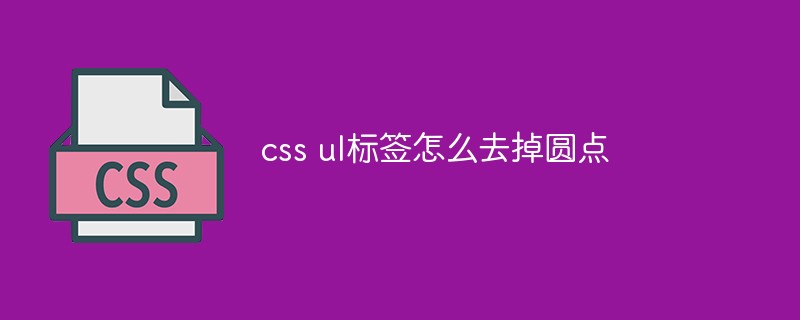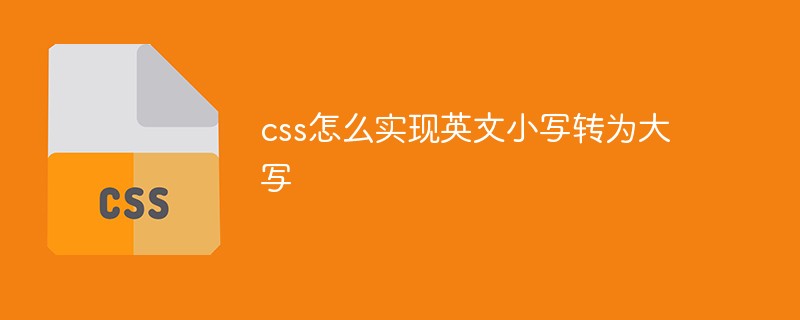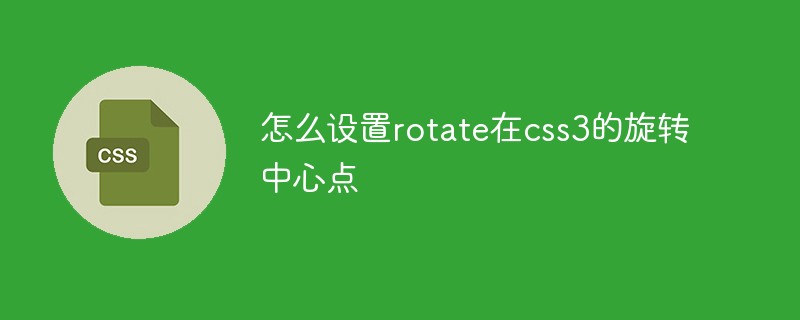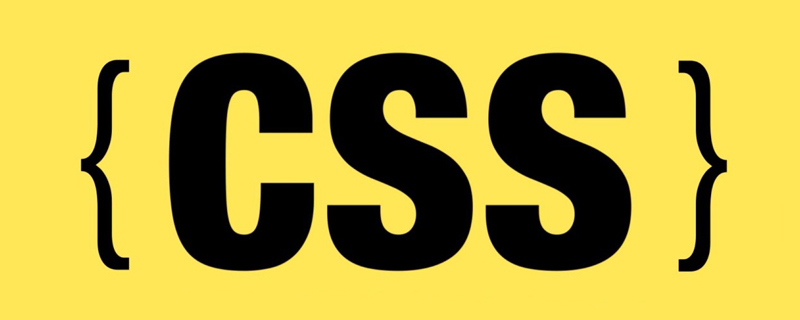 Web Front-end
Web Front-end CSS Tutorial
CSS Tutorial How to use CSS Viewport unit vw to implement horizontal adaptive layout
How to use CSS Viewport unit vw to implement horizontal adaptive layout
How to use the CSS Viewport unit vw to implement horizontal adaptive layout
CSS Viewport is a unit relative to the viewport width, which can be used to create responsive Layout. Among them, vw represents the percentage unit of the viewport width.
In this article, we will learn how to use CSS Viewport unit vw to implement horizontal adaptive layout, and provide specific code examples.
- Set basic styles
First, we need to set some basic styles to start our layout.
HTML:
<div class="container">
<div class="content">
<p>这是一个水平自适应布局的示例文本。</p>
</div>
</div>CSS:
.container {
width: 100vw; /* 使用 vw 单位设置容器的宽度 */
height: 100vh; /* 使用 vh 单位设置容器的高度 */
display: flex; /* 使用 flexbox 布局 */
justify-content: center; /* 水平居中 */
align-items: center; /* 垂直居中 */
background-color: #f4f4f4;
}
.content {
width: 80%; /* 使用百分比设置内容的宽度 */
padding: 20px;
background-color: #fff;
}In the above code, we create a container containing text content and use vw and vh units to set the container width and height. We also used flexbox layout for horizontal and vertical centering.
- Add media queries
Next, we will add media queries to adapt the layout to different screen widths.
@media (max-width: 768px) {
.content {
width: 90%; /* 在小屏幕下,设置内容的宽度为 90% */
}
}
@media (max-width: 480px) {
.content {
width: 95%; /* 在更小屏幕下,设置内容的宽度为 95% */
}
}In the above code, we use media queries to control the width of content under different screen widths. When the screen width is less than or equal to 768px, the content's width is set to 90%; when the screen width is less than or equal to 480px, the content's width is set to 95%.
- Implement scrolling effect
Sometimes, we may want the layout to be scrollable when it exceeds the width of the screen so that the user can view the entire content. Here's how to achieve the scrolling effect.
CSS:
.container {
overflow-x: scroll; /* 在水平方向上启用滚动效果 */
}By setting overflow-x: scroll on the container, we can enable horizontal scrollbars when exceeding the screen width. This allows users to browse the entire content with a horizontal scroll bar.
In this article, we learned how to use the CSS Viewport unit vw to implement horizontal adaptive layout. We set the width and height of the container and achieved horizontal and vertical centering via flexbox layout. We also added media queries to adapt the layout to different screen widths, and achieved a horizontal scrolling effect by setting overflow-x: scroll.
Through these technologies and sample code, we can better control and adapt to the layout of different screen sizes, providing users with a better browsing experience.
The above is the detailed content of How to use CSS Viewport unit vw to implement horizontal adaptive layout. For more information, please follow other related articles on the PHP Chinese website!
 css ul标签怎么去掉圆点Apr 25, 2022 pm 05:55 PM
css ul标签怎么去掉圆点Apr 25, 2022 pm 05:55 PM在css中,可用list-style-type属性来去掉ul的圆点标记,语法为“ul{list-style-type:none}”;list-style-type属性可设置列表项标记的类型,当值为“none”可不定义标记,也可去除已有标记。
 css与xml的区别是什么Apr 24, 2022 am 11:21 AM
css与xml的区别是什么Apr 24, 2022 am 11:21 AM区别是:css是层叠样式表单,是将样式信息与网页内容分离的一种标记语言,主要用来设计网页的样式,还可以对网页各元素进行格式化;xml是可扩展标记语言,是一种数据存储语言,用于使用简单的标记描述数据,将文档分成许多部件并对这些部件加以标识。
 css3怎么实现鼠标隐藏效果Apr 27, 2022 pm 05:20 PM
css3怎么实现鼠标隐藏效果Apr 27, 2022 pm 05:20 PM在css中,可以利用cursor属性实现鼠标隐藏效果,该属性用于定义鼠标指针放在一个元素边界范围内时所用的光标形状,当属性值设置为none时,就可以实现鼠标隐藏效果,语法为“元素{cursor:none}”。
 css怎么设置i不是斜体Apr 20, 2022 am 10:36 AM
css怎么设置i不是斜体Apr 20, 2022 am 10:36 AM在css中,可以利用“font-style”属性设置i元素不是斜体样式,该属性用于指定文本的字体样式,当属性值设置为“normal”时,会显示元素的标准字体样式,语法为“i元素{font-style:normal}”。
 rtl在css是什么意思Apr 24, 2022 am 11:07 AM
rtl在css是什么意思Apr 24, 2022 am 11:07 AM在css中,rtl是“right-to-left”的缩写,是从右往左的意思,指的是内联内容从右往左依次排布,是direction属性的一个属性值;该属性规定了文本的方向和书写方向,语法为“元素{direction:rtl}”。
 css怎么实现英文小写转为大写Apr 25, 2022 pm 06:35 PM
css怎么实现英文小写转为大写Apr 25, 2022 pm 06:35 PM转换方法:1、给英文元素添加“text-transform: uppercase;”样式,可将所有的英文字母都变成大写;2、给英文元素添加“text-transform:capitalize;”样式,可将英文文本中每个单词的首字母变为大写。
 怎么设置rotate在css3的旋转中心点Apr 24, 2022 am 10:50 AM
怎么设置rotate在css3的旋转中心点Apr 24, 2022 am 10:50 AM在css3中,可以用“transform-origin”属性设置rotate的旋转中心点,该属性可更改转换元素的位置,第一个参数设置x轴的旋转位置,第二个参数设置y轴旋转位置,语法为“transform-origin:x轴位置 y轴位置”。


Hot AI Tools

Undresser.AI Undress
AI-powered app for creating realistic nude photos

AI Clothes Remover
Online AI tool for removing clothes from photos.

Undress AI Tool
Undress images for free

Clothoff.io
AI clothes remover

AI Hentai Generator
Generate AI Hentai for free.

Hot Article

Hot Tools

Dreamweaver Mac version
Visual web development tools

mPDF
mPDF is a PHP library that can generate PDF files from UTF-8 encoded HTML. The original author, Ian Back, wrote mPDF to output PDF files "on the fly" from his website and handle different languages. It is slower than original scripts like HTML2FPDF and produces larger files when using Unicode fonts, but supports CSS styles etc. and has a lot of enhancements. Supports almost all languages, including RTL (Arabic and Hebrew) and CJK (Chinese, Japanese and Korean). Supports nested block-level elements (such as P, DIV),

PhpStorm Mac version
The latest (2018.2.1) professional PHP integrated development tool

SublimeText3 Chinese version
Chinese version, very easy to use

MinGW - Minimalist GNU for Windows
This project is in the process of being migrated to osdn.net/projects/mingw, you can continue to follow us there. MinGW: A native Windows port of the GNU Compiler Collection (GCC), freely distributable import libraries and header files for building native Windows applications; includes extensions to the MSVC runtime to support C99 functionality. All MinGW software can run on 64-bit Windows platforms.






